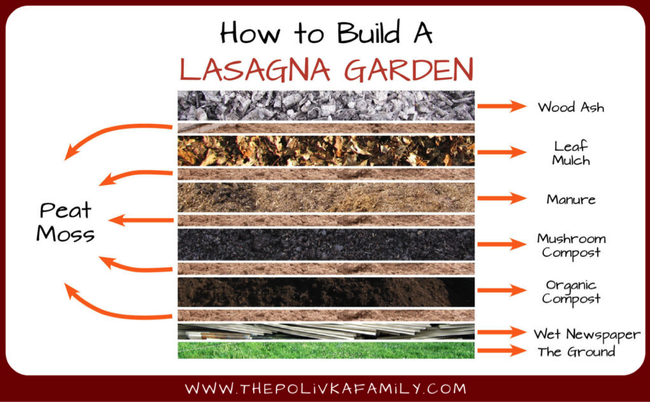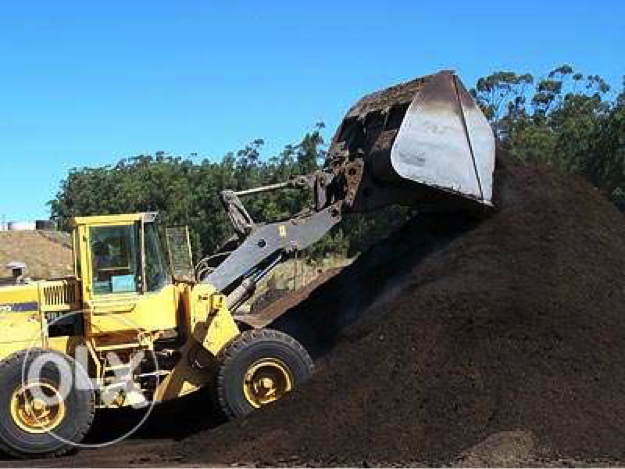
Time : Money : Effort
Tip! This plant calculator gives you how many plants per square foot for cost estimation purposes!
The Busy Gardener - Outsource It
You work long hours and want to get this 10' x 10' garden bed set up and planted ASAP. You have available cash so you call the nearest home supply store and have them deliver 2 yards of compost. You hire the high school kid next door to move it and dig it in. You fertilize and plant purchased seedlings. By Sunday evening you have a garden installed and go bed dreaming of fresh produce.
| Input | Description | Cost Estimate |
|
2 yards of mushroom compost |
4-6" layer over 100 sq ft with some saved for mulching, $26/yd | $52 |
| Delivery | Truck it to your house and dump it - flat rate for up to 10 yards, varies by distance | $65 |
| Labor | 6 hours at $15/hr with a tip | $100 |
| Annual seedlings |
6 cell pack ~ 1.75 Jumbo 6 pack ~ 3.50 6" spacing over 100 sq ft = ~400 plants |
$115 for cell packs $230 for jumbo packs |
| TOTAL ESTIMATE * | $332 - $447 |
* These estimates don't include the cost of fertilizer or tools or building a raised bed if that's desired. Clearly this person is gardening for love, not profit!
The Frugal Gardener - DIY
You have more time than money to spend on the yard. You know the community is full of free organic material and you are the one to recycle it. You plan ahead, collect materials, plant from seed, maintain your own compost pile and have access to a truck or vehicle that can haul messy manure, food scraps, etc.
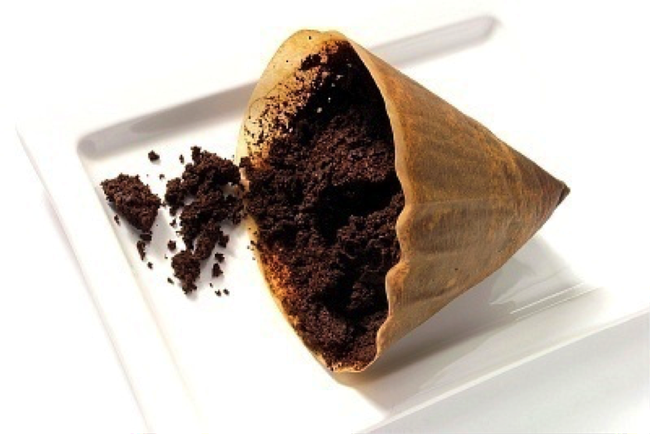
- Make your own compost
- Municipal green waste recycling/compost
- Horse stables - sometimes they will load it for free or a small fee. Take it from the darkest composted pile.
- Worm castings - learn about worm composting here
- Coffee grounds - bring a bucket to Peet's in the morning, pick it up in the afternoon.
Materials for your compost pile
- Make manure. Get some chickens or rabbits.
- Compostable produce scraps at grocery stores - bring a bin or a bag and pick up.
- Spent brewer's grain at microbreweries
- Organic materials exchange
| Input | Description | Cost Estimate |
| 2 yards composted horse manure or other free sourced amendment | 4-6" layer over 100 sq ft with some saved for mulching. Tip the guy driving the front loader. | $10 |
| Delivery | You get access to a pickup truck, pick it up yourself. Gas money. | $5 |
| Labor | Your labor. You know how you value your time. | $? |
| Home grown seedlings | ~$2.00 per seed pack, let's assume 10 crops in the first planting | $20 |
| TOTAL ESTIMATE * | $35 |
* These estimates don't include the cost of fertilizer or tools or building a raised bed if that's desired. This is a high profit veggie plot, pays off in organic produce!
The Patient Gardener - The Long View
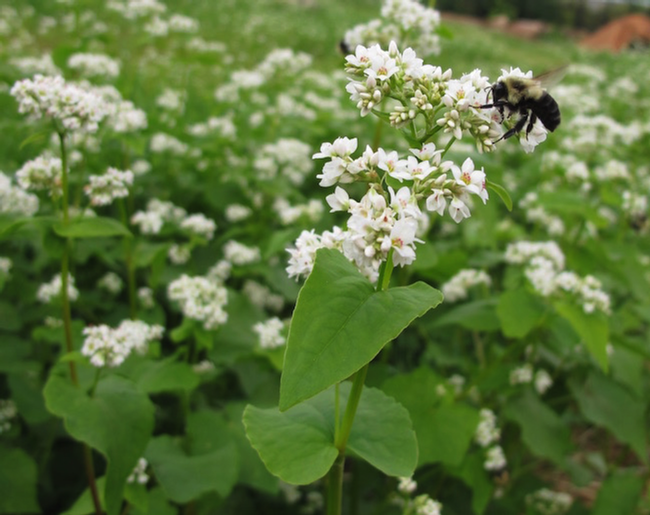
| Input | Description | Cost Estimate |
| Buckwheat |
FAST growing, quick flower, soft stems are easy to dig into the soil. Good for filling empty spaces in summer. Blooms provide habitat for beneficial insects – beautiful! Use 1 pound per 500 sq ft |
$7/pound |
| Crimson clover |
Crimson clover has a gorgeous magenta flower and fixes nitrogen. Use 1-2 pounds per 1000 sq ft |
$12/pound |
| Red clover |
Kinda pink really, this legume fixes nitrogen Use ½ pound per 1000 sq ft |
$10/pound |
| Mustard |
Attracts beneficial insects and has an “inoculating” effect on the soil that reduces nematode populations. Incorporate before going to seed Use ½ pound per 1000 sq ft |
$8/pound |
| Labor | All of these are much easier to dig into the soil than winter cover crops. Dig your own or enlist some help. | $? |
| TOTAL ESTIMATE | ~$10 |
Read more about cover crops here, here and here.
The Lasagna Gardener - Improve Your Soil and Eat It Too!
You want those summer peppers and tomatoes soon but you DO NOT want to dig and you definitely want the soil improved. Methods that let you have it all involve planting in composting materials. Two great ways to do this are lasagna gardening (AKA sheet composting) and straw bale gardening.
Lasagna gardening
Essentially, you layer compostable materials, cover with soil, and plant. The plants grow while the layers decompose to soften and enrich the soil. This works best in small patches. There are many articles online describing how to do this. A few good ones can be found here and here. For a 5' x 5' lasagna bed:
| Input | Description | Cost Estimate |
| Cardboard or newspaper | First lay paper or cardboard on the soil to smother weeds. Water until soaked. | Free |
| "Green" compostable stuff | Grass clippings, fruit & vegetable scraps, manure, coffee grounds, rinsed seaweed, compost | Free |
| "Brown" compostable stuff | Dried leaves, straw, peat moss, pine needles, sawdust, wood chips, rice hulls | Free to $10 for a bale of straw |
| Topsoil | 4" topsoil for planting - you'll need four 2 cu ft bags at $8-12 per bag, or top with homemade compost | 4 bags at $10 each = $40 |
| Labor | You'll need to assemble and/or transport all the materials and layer them, watering in between | $? |
| TOTAL ESTIMATE | ~$50 |
Cost and effort all depend on the size of your bed so here's a coverage calculator.
Straw bale gardening
This is another approach where the growing medium degrades to become rich soil while hosting a crop at the same time. Read step by step instructions about straw bale gardens here or stay tuned for a straw bale class at the Demo Garden in July.
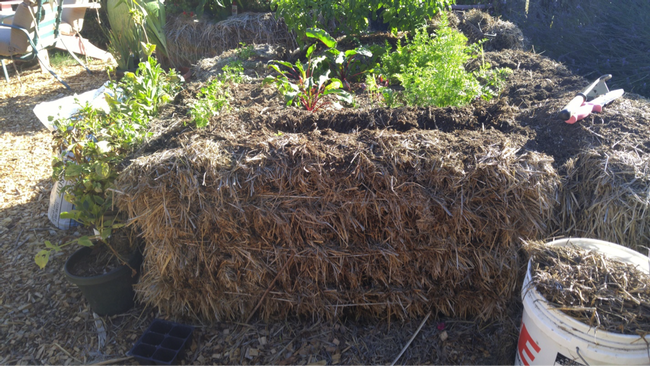
What Kind of Gardener are You?
Whether you are busy, frugal, patient or a lasagna gardener, or maybe even a combination of two or more types, there's a veggie gardening strategy out there to suit you. Remember, it's all about the soil and getting and keeping it ready to grow vegetables for you. If you still have questions about how best to prepare your garden soil, take advantage of our FREE class in the Watsonville Demo Garden on Sunday, May 7th at 10am. For more information and to register, visit our website. We hope to see you at our class!
Don't forget to subscribe to our blog so that you receive an email notification when a new post goes up. If you have questions, contact us online, by phone or in person to get answers to your gardening quandaries!
